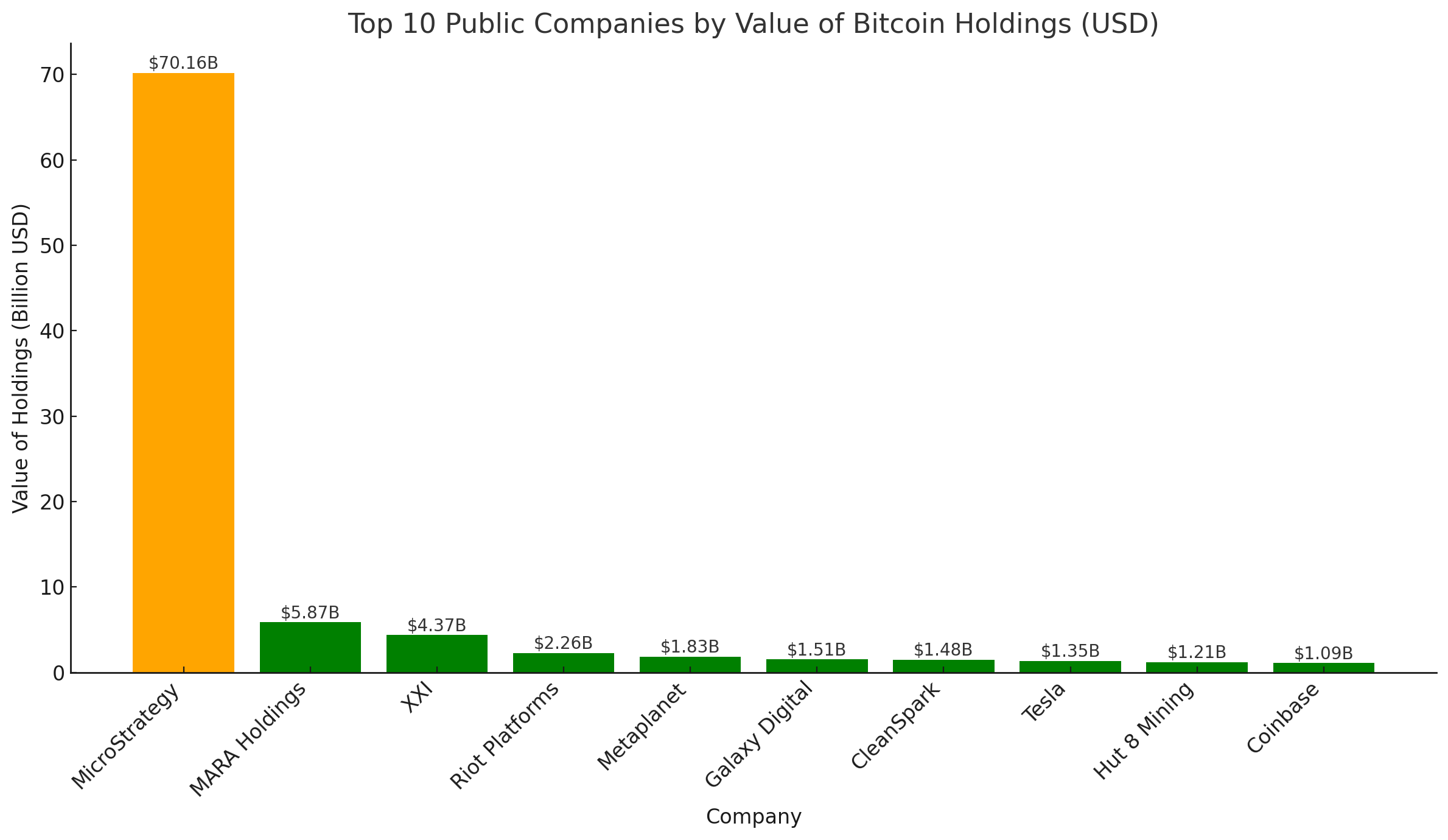
Blockchain
technology
and
its
user
base
might
be
growing
apart.
As
the
industry
has
made
leaps
and
bounds
in
progress
over
the
past
five
years
in
terms
of
its
technical
capabilities
and
financial
acumen,
it’s
hard
to
say
that
its
audience
has
evolved
the
same
way.
This
article
is
part
of
CoinDesk’s
Web3
Marketing
package.
Note:
The
views
expressed
in
this
column
are
those
of
the
author
and
do
not
necessarily
reflect
those
of
CoinDesk,
Inc.
or
its
owners
and
affiliates.
Roy
Blackstone
is
creative
director
of
SHADOW
WAR.
Sure,
you
have
far
fewer
scammers
and
self-proclaimed
wunderkinds
percolating
through
the
ecosystem
than
before
thanks
to
the
last
bear
market.
But
the
hyper-online
troll
and
commentator
culture
is
still
the
public
face
of
the
crypto
industry
to
many.
Across
online
platforms,
social
media
outlets,
and
industry
conferences,
voices
continually
seek
to
influence
the
trajectory
of
crypto
and
help
HODLers
navigate
the
market’s
turbulent
waters.
Amid
the
noise
of
opinions,
however,
a
critical
question
must
be
addressed:
Are
these
critics
merely
sideline
observers,
or
do
they
hold
concrete
power
to
drive
progress
within
the
industry?
As
crypto
sheds
its
fringe
status,
it’s
time
to
reckon
with
its
cottage
industry
of
critics
and
influencers.
Balancing
contributions
and
critiques
Every
industry
has
a
set
of
commentators—from
sports
to
entertainment
to
politics—and
each
sector
has
pundits
armed
with
words,
ideas,
and
a
varying
degree
of
influence
and
credibility.
However,
for
an
internet-native
industry
like
crypto
which
relies
on
digital
forums
for
communication,
online
communities
play
a
pivotal
role
in
shaping
perceptions,
influencing
decision-making,
and
driving
overall
market
trends.
The
blockchain
industry’s
growth
offers
newcomers
a
chance
to
explore
emerging
financial
tools
and
decentralized
finance.
While
it
has
gained
positive
traction,
the
pool
of
builders
still
remains
relatively
small.
The
crypto
landscape
is
filled
with
many
participants
with
little
to
no
experience
in
tech
or
finance
but
who
are
still
eager
to
contribute
their
perspectives
and
support
to
this
expanding
space.
As
such,
platforms
like
X,
Telegram
and
Discord,
alongside
crypto
influencers,
have
become
the
lifeblood
of
many
Web3
projects
–
and
feedback
can
propagate
across
the
internet,
reaching
a
vast
audience
in
a
matter
of
moments.
Elon
Musk
is
an
evergreen
example,
with
his
posts
on
X
about
cryptocurrencies
consistently
having
a
noticeable
impact
on
the
market.
So
clearly,
there
is
an
amplified
influence
from
outside
voices
on
the
trajectory
of
crypto
and
associated
projects.
The
benefits?
Social
platforms
have
become
grounds
for
new
projects
to
grow
by
authentically
inserting
themselves
into
crypto
discussions.
TAG
Heuer,
for
example,
used
X
to
launch
the
luxury
watch
brand’s
move
into
Web3.
As
a
result,
NFTs
rose
to
fifth
on
the
list
of
interest
of
the
brand’s
followers
on
X
from
13%
before
the
launch.
This
shows
how
brands
looking
to
enter
the
Web3
space
turn
to
user-first
platforms
like
X
to
establish
a
presence
where
their
target
audience
congregates
rather
than
relying
solely
on
traditional
marketing
methods.
With
that
said,
in
a
niche
industry
like
crypto,
its
inherently
online
culture
makes
it
exceptionally
susceptible
to
trolls
–
and
the
more
ridiculous
or
outrageous
their
ridicule,
the
greater
the
potential
to
frustrate.
Since
crypto
communities
are
tribal,
they
often
become
emotionally
and
financially
invested
in
their
favorite
blockchain
network
or
project,
making
them
automatically
defensive
or
resistant
to
critiques
that
challenge
their
interests.
It
effectively
applies
“stan
culture”
to
a
very
real
financial
and
technological
ecosystem.
But
does
that
mean
every
crypto
critic
is
just
a
troll
in
disguise?
Minimizing
the
trust
gap
When
it’s
constructive,
criticism
catalyzes
progress—and
crypto
has
proven
no
different.
Constructive
criticism
and
discussion
can
foster
innovation,
drive
collaboration
and
help
newcomers
navigate
its
terrain.
Well-run
organizations
can
leverage
constructive
criticism
to
tackle
complex
challenges
as
collaborative
efforts
are
powered
by
shared
knowledge.
The
ecosystem
benefits
from
the
critical
eye
of
commentators,
distinguishing
real
innovation
from
projects
that
blow
smoke.
One
way
to
address
negative
feedback
about
the
industry
is
to
put
business
founders
in
front
of
their
audience.
Engaging
in
open
dialogue
and
discussions
with
critics
is
a
productive
way
to
ensure
information
circulating
online
is
factual
and
not
based
on
skeptics’
feelings
towards
the
project.
Virtual
AMA
(ask
me
anything)
sessions
through
platforms
such
as
Telegram,
Reddit,
X
and
YouTube
allow
project
leaders
to
interact
with
community
members,
address
pain
points,
and
showcase
their
value.
Sharing
goals
and
updates
about
projects
directly
with
the
public
fosters
loyalty
and
a
positive
brand
experience.
Even
now,
we’re
witnessing
the
benefits
of
constructive
criticism,
as
the
common
critique
of
crypto’s
unprofessionalism
and
negligence
has
been
addressed
and
piqued
the
interest
of
institutional
players.
This
shift
in
the
regulatory
interest
of
financial
institutions
is
evidence
that
crypto
builders
should
listen
to
and
acknowledge
their
users’
feedback.
The
more
developers
can
embrace
grounded
critiques
from
their
community,
even
from
outsiders,
the
faster
the
ecosystem
will
mature
and
expand.
Criticism
produces
a
torrent
of
responses,
often
obscuring
the
subject’s
underlying
merits
and
exacerbating
the
industry’s
volatility.
A
concerted
effort
towards
education,
streamlined
processes,
and
robust
security
is
necessary
to
usher
the
next
wave
of
crypto
enthusiasts
into
the
mainstream.
By
fostering
familiarity
and
trust,
the
crypto
ecosystem
can
transcend
its
reputation,
paving
the
way
for
widespread
adoption
and
growth.


